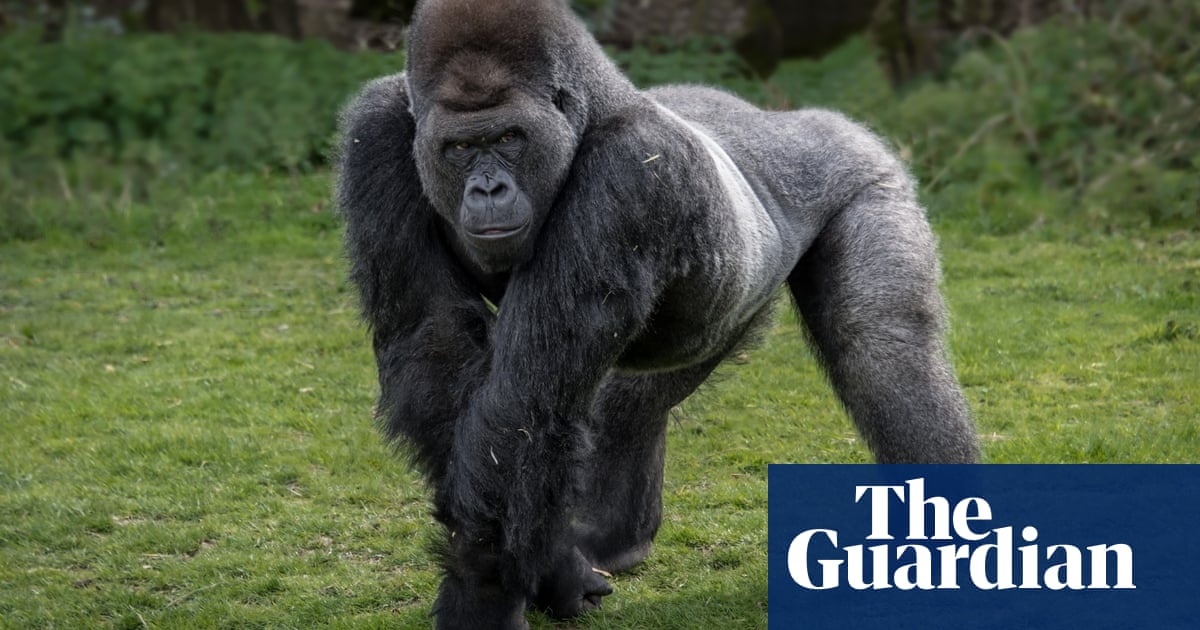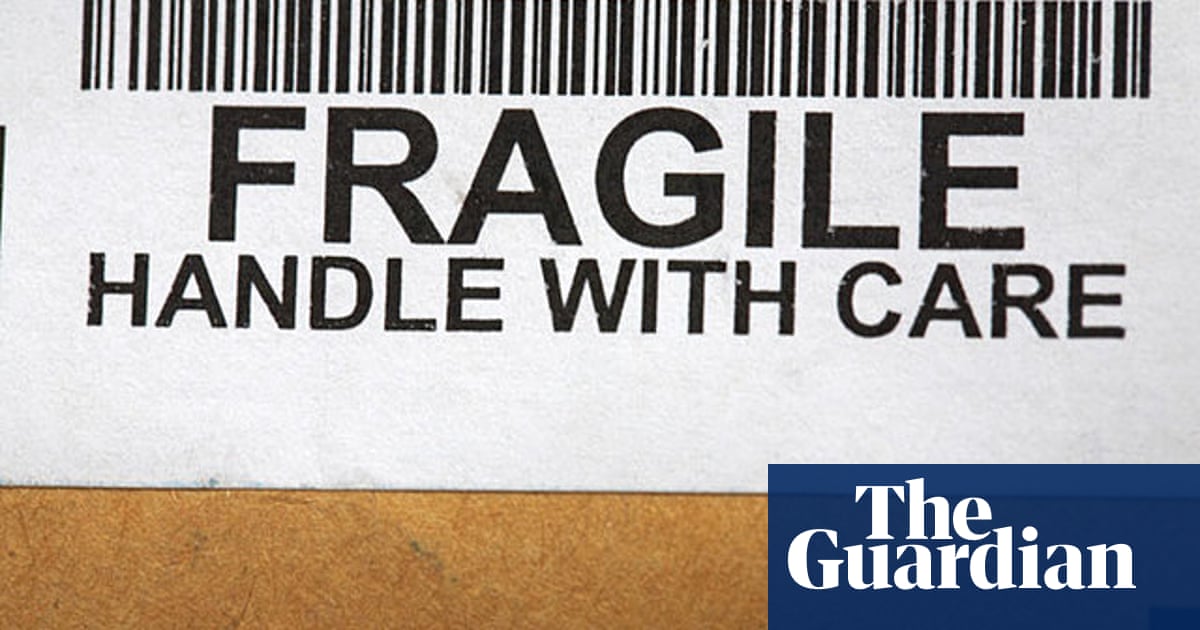A complete diet
Dog food products labelled “complete” are legally defined as providing all the nutrients your pets need, in the right proportions. Whereas a product labelled “complementary” should not be a dog’s only source of nutrition, says Lauren Bennett, RSPCA scientific and policy officer, as these “do not contain all of the required nutrients, may lead to poor nutrition and can cause dietary deficiencies and associated disease, such as metabolic bone disease”.
This sounds straightforward – but the price of “complete” foods varies considerably, and can’t be compared simply by cost per kilo, as different brands recommend different portion sizes. Comparing the daily cost of feeding a 5kg adult toy poodle, a clearer picture emerges.
Wet dog food is usually the most expensive “complete” option. Buying six meaty 400g tins of Pedigree Chum worked out at £1.05 a day, while a Butternut Box subscription of “gently cooked, never ultra-processed” pouches of meaty dog food “taste-tested by humans” came to a whopping £2.02 a day.
Comparing the daily cost of feeding the same poodle from 2kg bags of dry food, we found vegan options were a little cheaper, with Wilsons Vegan Premium Cold Pressed Dog Food at 82p a day, followed by Hownd Plant Powered Superfood at 69p. Wainwright’s Insects With Superfoods came in at 67p a day, but the standard non-vegan kibble was the most affordable, with Wagg Meaty Goodness dry food at 21p, and Pets at Home Complete Nutrition dry food with chicken 22p.
More expensive dog food may have additional ingredients, such as fatty acids which can help with skin and coat health. However, “premium” brands may also seek to use less grains and cereals, unsustainably increasing the total meat content – with no evidence, according to the British Veterinary Association (BVA), that this benefits animal health and welfare. Using fresh ingredients in wet food can also increase the carbon footprint, if it needs to be transported and kept frozen.
“There may be very good reasons why you choose a higher-cost food, but that doesn’t mean it’s necessarily healthier than another dog food,” says BVA senior vice president, Dr Anna Judson, a practising vet. “Nobody should feel guilty about choosing cheaper ‘complete’ options. Buy what you can afford.” If you want individual advice for your dog, she recommends speaking to your vet or veterinary nurse.
The ‘natural’ option
We associate ultra-processed foods with having a lower nutritional value, but this isn’t the case for processed dog foods that are labelled “complete”. Despite this, unprocessed, organic and raw dog foods are becoming increasingly popular. Caroline Griffith, canine nutrition consultant, thinks cooking “fresh whole foods” in recipes tailored for dogs is the healthiest way to feed them – and, she says, it costs less money and reduces packaging waste compared to buying dog food from retailers. “If you can be savvy and make homemade, lightly cooked dog food, that’s going to be a very economical way to feed your dog.”
Dogs have stronger stomach acid than humans, she says, so the meat you cook for dogs needs to be “just browned off” to the point where it has lost its “original raw colouring. Think rare or medium rare steak”. She also recommends feeding dogs with raw meaty bones from specialist pet food suppliers, as long as they are “safely sold” and have been frozen for several weeks to mitigate the bacteria and parasitic risks of these products: “Then you defrost it in the [dog’s] bowl so you don’t have to touch it,” she says.
Again, these products will need to be transported while frozen, raising their carbon footprint. The BVA also has concerns about the potential disease risks that raw dog food poses to both dogs and humans. “We would always say: talk to your vet first,” says Judson. Creating a homemade, nutritionally balanced diet for your dog can be “really tricky” and “time consuming”. She recommends getting advice from a certified veterinary nutritionist from the European College of Veterinary and Comparative Nutrition or the American College of Veterinary Internal Medicine before you start. “It needs to be done with a lot of research and very carefully to get it right – and for many pet owners, that will be more complex than time permits,” says Judson.

Portion size is everything
“Weighing portions accurately reduces waste,” says Judson. “This makes any product more sustainable, and it also helps to keep your dog at a healthy weight,” she says. A 2018 study found up to 65% of UK dogs are overweight or obese.
It is particularly important to consider your dog’s weight if you feed your dog leftovers. Bennett points out that human foods are often high in fat and salt, and so may not be suitable for dogs. “Additionally, the digestive tract of a dog differs from people, meaning that leftovers can cause digestive problems such as vomiting, diarrhoea, pancreatitis and in some cases, can be highly toxic and fatal,” she says. “Foods to avoid include anything from the onion family, chocolate, macadamia nuts, avocado, xylitol, grapes and raisins.” Judson advises against giving a dog more than 10% of their overall calorific intake in leftovers and treats.
The eco alternatives
Avoiding meat and dairy products is one of the best ways to reduce your environmental impact, and there is an ever-growing range of vegan dog food options. Dogs do not have to be carnivores and it is possible to feed them an eco-friendly, plant-based diet. But because these products haven’t been around long, Judson offers a word of caution: “The lack of robust long-term data about their safety means owners should definitely monitor their dog’s health for long-term impact.”
Research also suggests insect production at a large scale for animal feed is more environmentally friendly than conventional livestock production. Dog food made with insects as an alternative protein launched in the UK in 2019. There is promising evidence that dogs fed this diet suffer no adverse short-term health effects, but more long-term studies are needed and, Judson says: “We’ve got to think about the welfare of insects that have been farmed.”
Meanwhile, last summer, the UK became the first country in Europe to back cultivated meat for use in pet food and in February, a limited release of Chick Bites – a dog treat made from lab-grown meat – went on sale at Pets at Home in Brentford.
Among meat-based dog foods, research suggests kibble is more sustainable than wet dog food. In 2022, researchers found wet pet food results in eight times more climate-heating emissions than dry pet food.

.png) 5 hours ago
5
5 hours ago
5













































